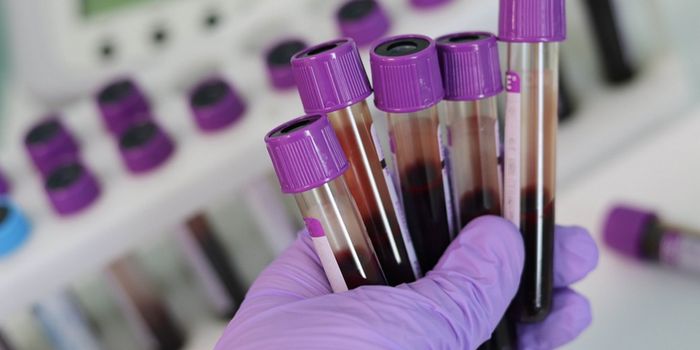
Many patients with head, neck, nasal, and oral cancers are treated with radiations. Unfortunately, such treatment leaves patients with a painful side-effect known as severe oral mucositis (SOM). Even though there are drugs on the market that treat SOM, there isn’t yet anything effective to prevent it.
Now, researchers at the 256th National Meeting & Exposition of the American Chemical Society (ACS) have reported on a new drug referred to as ‘GC4419’ which may actually prevent SOM. Despite still being investigated in clinical trials, it is labeled as a “breakthrough therapy” by the U.S Food and Drug Administration. "It is exciting to publicly report on the structure and synthesis of GC4419 for the first time," says Dennis P. Riley, Ph.D., leader of the study. "We believe GC4419 has the potential to address an important unmet medical need in the treatment of cancer patients undergoing radiation therapy, and we look forward to commencing a Phase 3 trial with GC4419 in head and neck cancer patients this year."
Watch video below for a background overview on SOM:
Radiation therapy breaks down the epithelial lining on the insides of the mouth due to highly elevated superoxide radical levels which eventually causes the painful oral mucositis (OM) "The synthetic enzyme we designed and made mimics the function of the naturally occurring superoxide dismutase, an enzyme that converts superoxide to molecular oxygen and hydrogen peroxide," expalains Riley, who is with Galera Therapeutics. "Hydrogen peroxide is very toxic to cancer cells but not to normal cells. Thus, we create two opportunities to improve radiation therapy: reducing toxicity for normal cells while increasing the toxicity to the cancerous ones."
The research team faced many challenges in designing and creating a synthetic superoxide dismutase due to the complex molecular composition. "We had to figure out which isomer would work best and be the most 'druggable,'" reports Riley. "Our current synthesis involves using a template to make the 15-membered macrocylic ring complex in a single GMP [Good Manufacturing Practice] step. It uses pyridine-2,6- dicarboxyaldehyde, manganese(II) chloride and a linear tetramine synthesized from S,S-1,2 diaminocyclohexane. It is an elegantly simple 'one-pot' synthesis that yields the desired molecule with more than 99.5 percent chemical purity."
GC4419 has gone through successful completion of the Phase 1 and 2 clinical trials, which proved the safety and efficacy for SOM prevention in patients with head and neck cancer undergoing radiation therapy. Upon successful completions of the remaining phases in the trial, GC4418 will receive FDA approval.
Source: Science Daily
-
MAY 07, 2024Is It Anti-RNP or Anti-Sm/RNP?
- See More
-
APR 30, 2024Immuno-Oncology Virtual Event Series 2024
-
MAY 07, 20243rd International Biosecurity Virtual Symposium
-
JUN 06, 2024The Future of Scientific Conferencing
- See More

















































